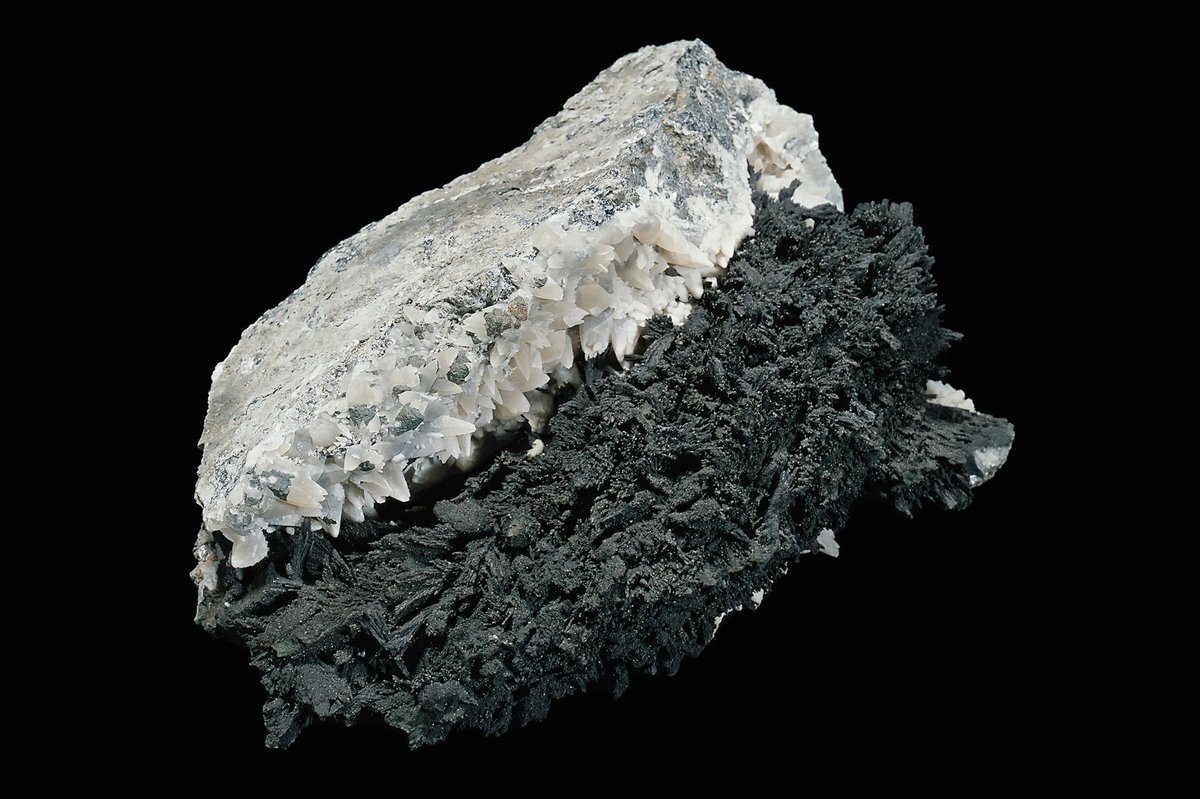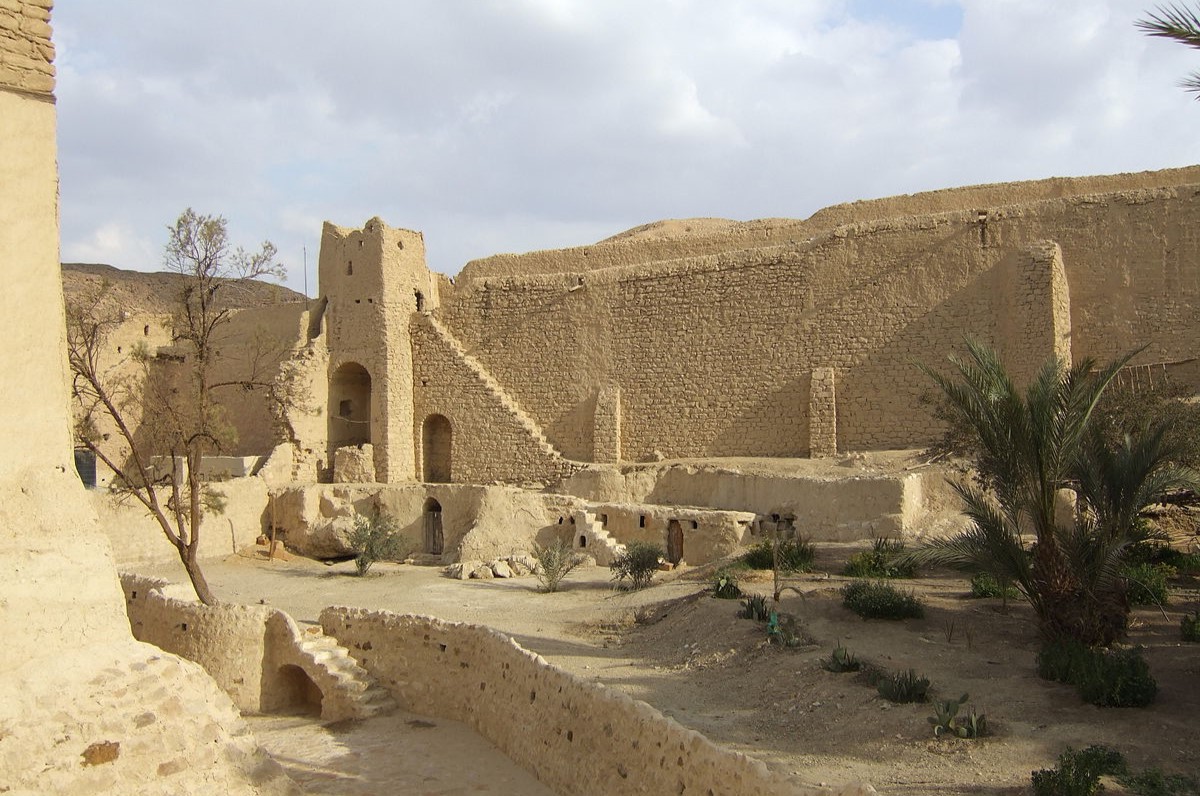
Alabandite is a mineral that often flies under the radar, but it has some pretty cool features worth knowing. Found mainly in hydrothermal veins and manganese deposits, this dark, metallic mineral is rich in manganese sulfide. Did you know that alabandite can sometimes be mistaken for other minerals like galena or sphalerite due to its similar appearance? However, its unique properties set it apart. It's not just a pretty face; alabandite plays a crucial role in the mining industry, especially for manganese extraction. Want to learn more about this intriguing mineral? Stick around as we uncover 20 fascinating facts about alabandite that might just surprise you!
What is Alabandite?
Alabandite is a fascinating mineral with a rich history and unique properties. This mineral, primarily composed of manganese sulfide (MnS), is often overlooked but holds significant importance in various fields. Let's dive into some intriguing facts about Alabandite.
Origin and Discovery
Understanding where Alabandite comes from and how it was discovered can provide valuable context.
- Alabandite was first discovered in 1784 in the Alabanda region of Turkey, which is how it got its name.
- Named by Johann Friedrich Ludwig Hausmann, a German mineralogist, who recognized its unique properties.
- Found in hydrothermal veins, Alabandite often occurs alongside other minerals like rhodochrosite and galena.
- Commonly associated with manganese deposits, making it an important indicator mineral for manganese exploration.
Physical Properties
Alabandite's physical characteristics make it stand out among other minerals.
- Typically black or dark brown in color, giving it a distinctive appearance.
- Has a metallic luster, which makes it visually striking.
- Hardness of 3.5 to 4 on the Mohs scale, meaning it is relatively soft compared to other minerals.
- Crystallizes in the cubic system, often forming octahedral or cubic crystals.
- Opaque in nature, meaning light does not pass through it.
Chemical Composition
The chemical makeup of Alabandite is simple yet significant.
- Primarily composed of manganese sulfide (MnS), which gives it its unique properties.
- Can contain trace amounts of other elements, such as iron, which can slightly alter its appearance and properties.
- Stable under normal conditions, but can oxidize when exposed to air over long periods.
Uses and Applications
Alabandite may not be as well-known as other minerals, but it has several important uses.
- Used as an ore of manganese, which is essential in steel production and other industrial processes.
- Valued by collectors for its unique crystal formations and metallic luster.
- Studied in geological research, helping scientists understand the formation of hydrothermal veins and manganese deposits.
Locations and Occurrences
Alabandite can be found in various locations around the world.
- Significant deposits in Turkey, where it was first discovered.
- Found in the Kalahari Manganese Field in South Africa, one of the largest manganese deposits globally.
- Occurs in the Harz Mountains of Germany, another notable location for this mineral.
- Present in the United States, particularly in states like Montana and Arizona.
- Also found in Japan, where it is mined for its manganese content.
Alabandite is a mineral with a rich history, unique properties, and significant applications. Whether you're a collector, a geologist, or just someone interested in minerals, Alabandite offers a wealth of fascinating facts to explore.
Alabandite's Unique Charm
Alabandite, a manganese sulfide mineral, stands out for its distinctive properties and fascinating history. Found in various locations worldwide, this mineral often appears in black or dark brown hues, sometimes with a metallic luster. Its crystal structure and chemical composition make it a subject of interest for geologists and mineral enthusiasts alike.
Despite being relatively rare, alabandite's industrial applications in steel production and battery technology highlight its importance. Its role in scientific research helps us understand geological processes better. Collectors value alabandite for its aesthetic appeal and rarity, making it a prized addition to mineral collections.
Whether you're a science buff, a collector, or just curious, alabandite offers a glimpse into the wonders of the natural world. Its unique characteristics and applications ensure it remains a topic worth exploring.
Was this page helpful?
Our commitment to delivering trustworthy and engaging content is at the heart of what we do. Each fact on our site is contributed by real users like you, bringing a wealth of diverse insights and information. To ensure the highest standards of accuracy and reliability, our dedicated editors meticulously review each submission. This process guarantees that the facts we share are not only fascinating but also credible. Trust in our commitment to quality and authenticity as you explore and learn with us.


